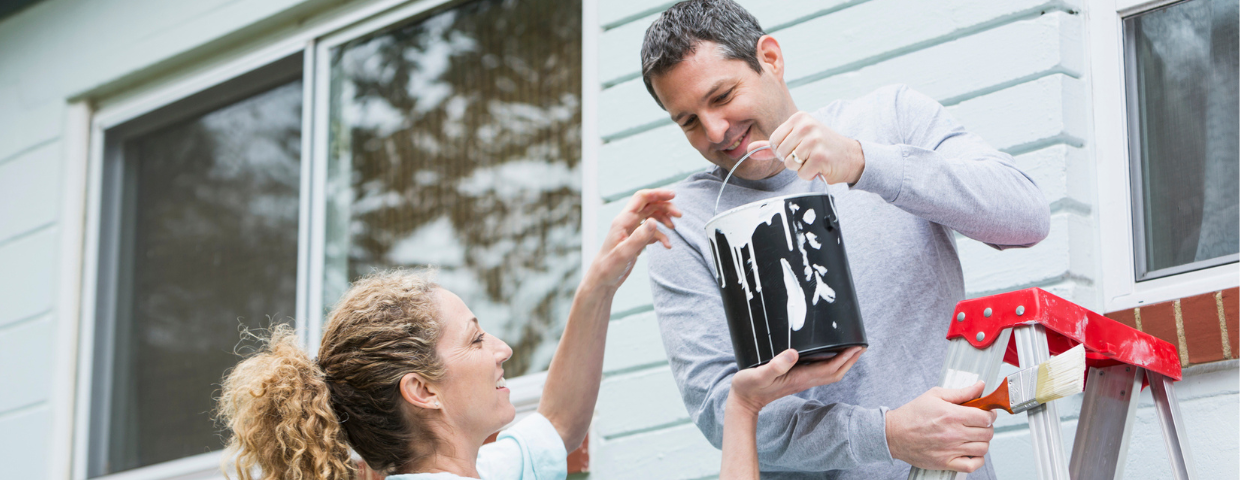In the past, lead paint was commonly used to paint homes. Its durability and resistance to moisture were its greatest assets, but it was only a matter of time until health officials discovered its poisonous properties, and in 1978 it was officially banned. Lead paint causes a variety of health issues and is especially harmful to children, so those living in homes built during the lead paint era should be aware of its dangers, how to detect it, and how to go about removing it safely.
Testing for Lead Paint
You won’t know whether lead paint exists in your home unless you test for it. There are a variety of do-it-yourself testing kits available, but their results may vary and can sometimes be prone to false positives, depending on the active testing agent. Given the variability with DIY testing, it may be best to hire a professional to test for lead paint in your home—both for accuracy and peace of mind. You can also choose to send a paint sample into a lab for testing.
Dealing with Lead Paint
If you discover lead paint in your home but it is still intact, encapsulation may solve the problem without having to remove it. Encapsulation is the process of painting over the areas where lead paint exists using a special coating that seals in the lead paint layer underneath. This is often the more affordable way of dealing with lead paint, but the coating may wear off over time, leaving you back at square one.
If you’re thinking about selling your home, the presence of lead paint is a necessary disclosure. Know that buyers generally view a home with lead paint as unfavorable, given its serious health risks and dangers. If you’re thinking about remodeling, testing for lead paint is a wise first step before you start knocking down walls or ripping through sheetrock.
Removing Lead Paint
The more your paint is cracked, chipped, or damaged in any way, the riskier it is. Any signs of deterioration in a lead paint-based home should be dealt with by removing it as soon as possible.
Removing lead paint on your own is generally not advised. It requires specific training and materials, as well as many preventative measures including creating a sealed exit, wearing protective clothing, properly covering the various surfaces in your home, and proper execution of removal to ensure you’ve vanquished all the lead—just to name a few.
Like any other home improvement project, it’s best to consult lead paint removal professionals in your local area and compare their quotes before making your choice. Before the pros come, you can prepare by clearing away any paint chips that have fallen, thoroughly cleaning the surfaces in your home, and encouraging your household and guests to refrain from touching those surfaces.
For more information on preventing damage to your home, read our guide to dealing with mold.
 Facebook
Facebook
 X
X
 Pinterest
Pinterest
 Copy Link
Copy Link
